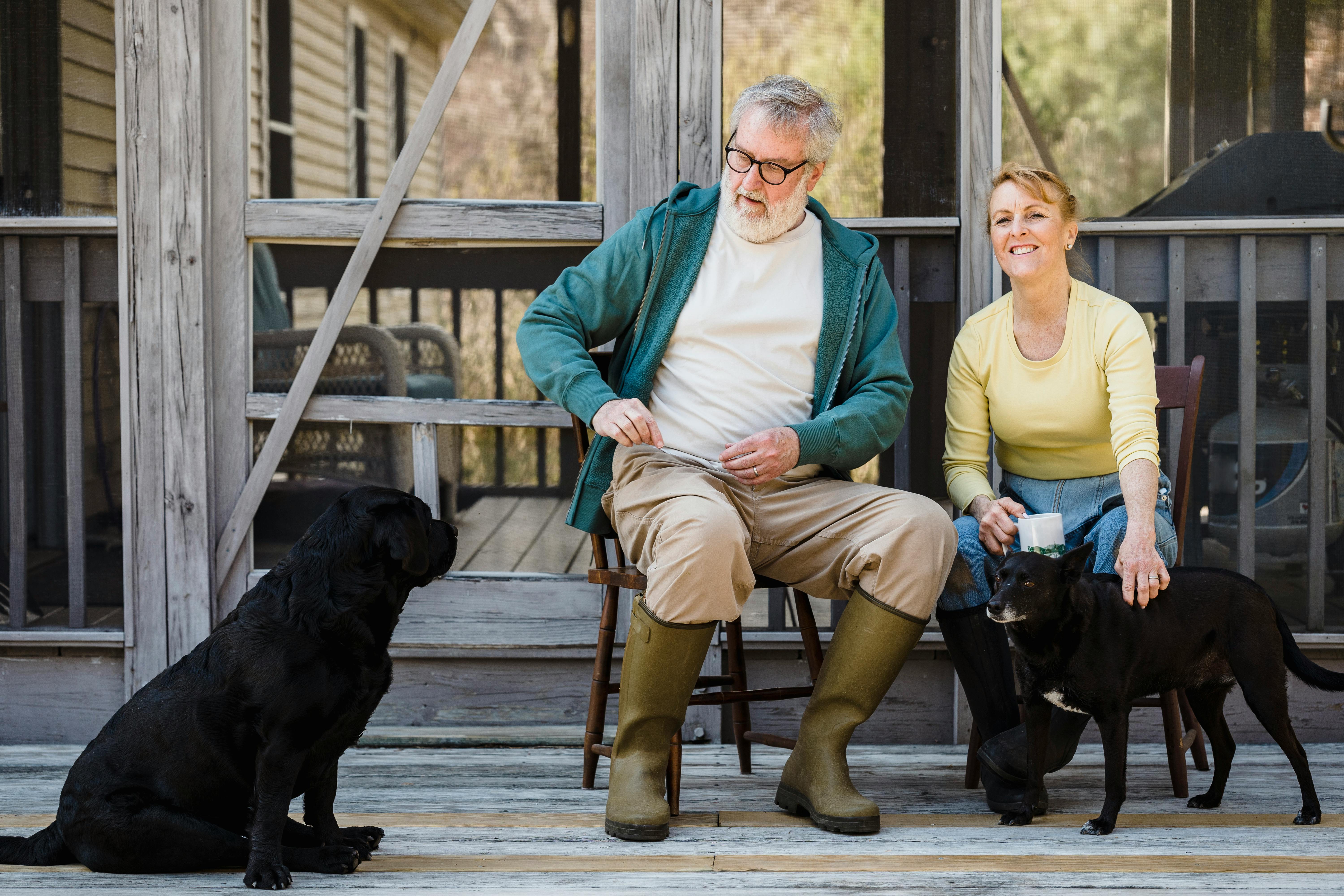This strategy could help your retirement portfolio

When you retire, it's normal to wonder if you'll have enough money to cover all your needs. This can be especially worrying when you're advised to focus on long-term investments to make sure you have enough money for the rest of your life. Don't worry, though - there are several strategies you can use, like the "Three Bucket Strategy," to help with this.
With this strategy, you take your retirement portfolio and divide it into three buckets. The first is used to fund day-to-day expenses. The third bucket funds longevity. And the middle is the go-between or transfer place to refill bucket number one as it is depleted.
Now, let’s break it down further and take a look at bucket one. In there, you’ll find income-producing assets that could include CDs, money market funds, US Treasuries, pensions, fixed annuity, and Social Security funds – all things that will not decrease in value and are accessible when needed. Basically, this bucket is meant to provide money to live. If you place an amount that will cover about two years of expenses in this bucket, you won’t have to be concerned if the economy or investment markets take a dip. But what if you want to plan for longevity?
That’s where bucket three comes in. In this bucket, you will find stocks, high-yield bonds, real estate, and other higher-return assets. All of these are long-term investments geared toward helping you keep from running out of money as the years pass. Consider this bucket as holding assets you won’t need for at least seven years and up to 25 to 35 years.
That leaves bucket two filling that gap between two to seven years of funding. In this bucket, you would want options that typically produce income and dividends and are considered reasonably conservative and fairly liquid. Those could be investment-grade bonds, senior and junior notes, preferred stocks, high-grade blue-chip stocks, and perhaps high-quality real estate investment trusts.
So, say you're just starting retirement and you’re spending money from bucket one – you’re going to be depleting the amount there. You’d want to liquidate from bucket two to refill bucket one. Then you can move a corresponding amount from bucket three to bucket two. The assets in these buckets should continue to grow to help you address the danger of running out of funds.
This scenario assumes you have built a cushion for emergencies, extra medical expenses, and other financial surprises while also maintaining reasonable spending habits. The other thing to think about here is a tax strategy – it’s not what you make, but what you keep. For that reason, it’s important to consult your tax advisor as part of your plans as well.
This is just one strategy to look at for your retirement to keep an adequate cash flow and protect against running out of money. If you have questions or want to use this as part of your financial strategy, give us a call. We’re here to help!


 Virteom
Virteom